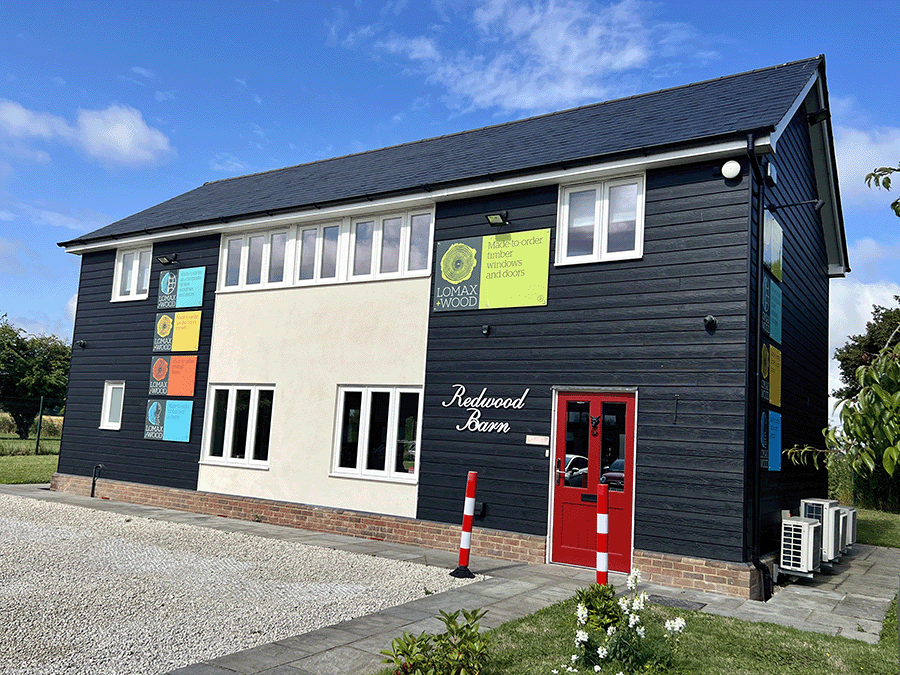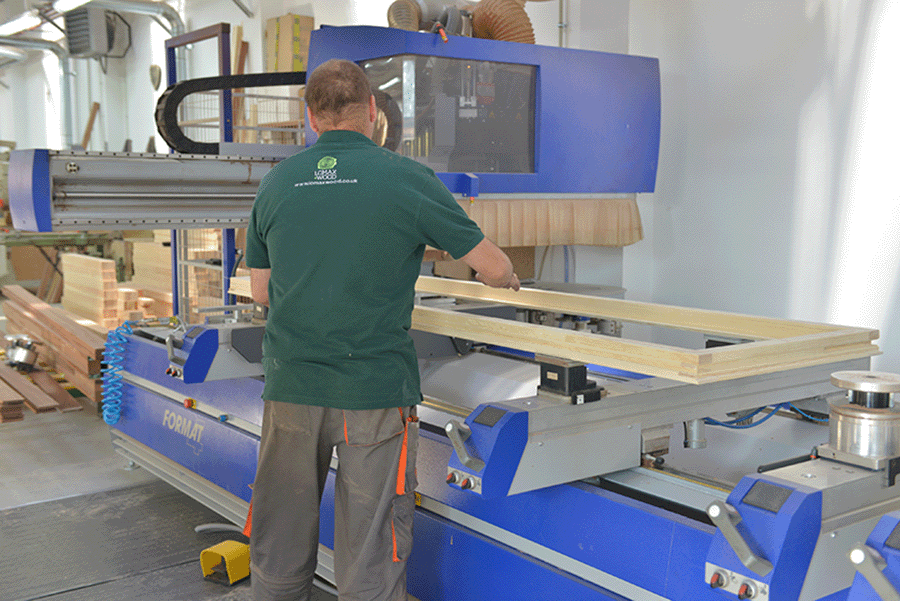What To Look For When Comparing Quotes for New Timber Windows
- 10 April 2024|
- News
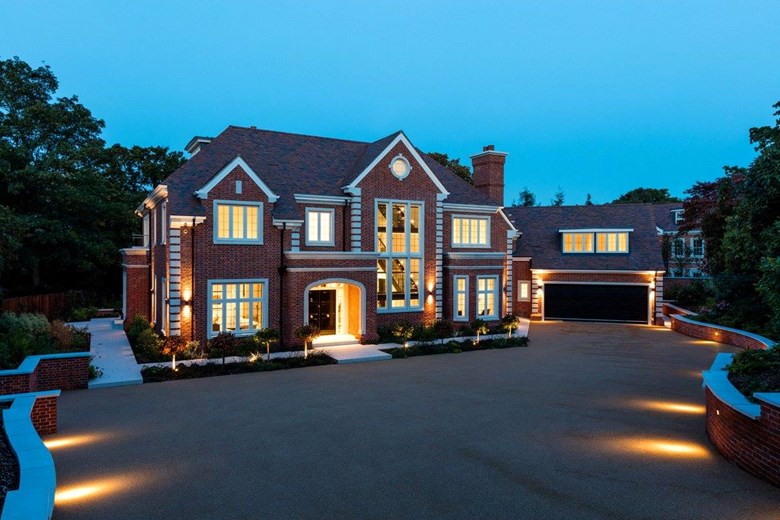
Buying new timber windows for your home is a significant investment. Making the correct choice ensures your family can live comfortably and your home looks appealing. It will also affect your heating and cooling costs and carbon footprint. Homes with high-quality, attractive, and thermally efficient windows are a valuable selling point if you ever decide to put your home on the market. Comparing window quotes is an essential stage in the buying process, but it can take more work than it seems.
Ask for a new window quotation from four different providers, and you might be surprised at how much the numbers differ. Numerous factors influence quotes for new windows, including the materials, style, glass specification and quality of the workmanship.
Choose Quality Above All Else
Windows are a long-term investment. Good-quality ones properly installed by experienced fitters will last for decades and add value to your home. But if they are made of low-cost, low-quality materials and installed by cheap, inexperienced labourers, there is a high risk of performance issues, and they will inevitably have a limited lifespan.
Reputable suppliers who stock high-quality products and employ skilled fitters will usually charge more and be in greater demand. But it is worth paying a premium and exercising patience. A company that promises to undercut the rest on price and has instant availability should raise red flags about its reputation. It must inevitably compromise on quality to cut costs.
Check The Materials in the Manufacturer’s Process
Like any other significant home improvement investment, getting new windows fitted means paying for the windows themselves and then having them fitted. Examine both aspects when you compare window quotes, and start with the materials.
High-quality timber is always going to be more expensive than cheap uPVC. But it lasts longer, is more durable, and provides classical, elegant aesthetics. uPVC windows look out of place on older or classically designed properties. They demand more maintenance, have a shorter lifespan, and rapidly discolour under the sun’s UV rays.
Timber windows are also a more sustainable choice. Environmentally responsible suppliers like Lomax + Wood use materials that are from sustainable sources. Wood is a perfect example of an environmentally friendly, renewable material. See the FSC® Chain of Custody for further details.
Consider The Styles Available
Cheaper window quotes will typically include off-the-shelf products, and you will have little choice regarding their style and design. An attractive window that is in keeping with your property needs to be carefully designed in terms of its style, proportions, shape and finish.
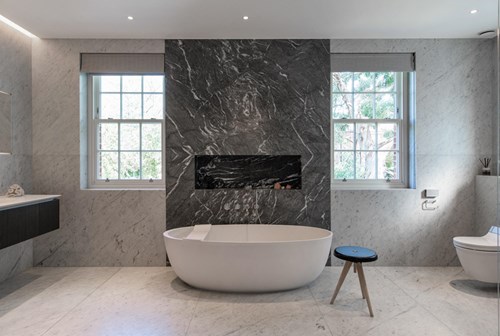
For example, properties built in the Victorian or Georgian styles would benefit from appropriately designed sash windows. If you opt for this type, you need to consider whether to choose a traditional box sash, operated using a system of cords and weights, or a spring sash, a simpler mechanism that uses pre-tensioned spring balances to keep the window open. There is a significant cost difference between the two designs, so if you are obtaining window quotes for the entire property, the window type can considerably impact the overall quote.
Glazing Options
Today, more glazing options are available than ever, and it is no longer a case of simply choosing single, double, or triple glazing. The type of gas used within the glazing can also impact the choice. Argon or Krypton are typically used in higher-quality windows, as these gases provide superior insulation.
The easiest way to assess the quality of the glazing is by checking its u-value. This is a measure of thermal conductivity, and in short, the lower the number, the more energy-efficient the window. Fifty years ago, u-values between 2.5 and 3.0 were industry standards. Today, Lomax + Wood sets the benchmark, being the first manufacturer to achieve a U-value of 1.1 W/m²K for sash windows.
While energy efficiency is important, it is not the only influencing factor when considering the type of glazing. You should also take into account the local climate and any specific regulations that apply to your property, for example, if it is listed by an organisation such as English Heritage or if it is located in a conservation zone.
New Builds and Period Properties Have Different Restrictions
The type of glazing is one of many aspects of your quotes for new windows that conservation restrictions might influence. At the other end of the scale, a new-build property will be subject to its own rules.
New Build Part Q Building Regulations have specific requirements for energy efficiency, security, ventilation and escape access. Locks must pass PAS24 testing to demonstrate resistance to forced entry in which our standard specification multipoint locking systems comply.
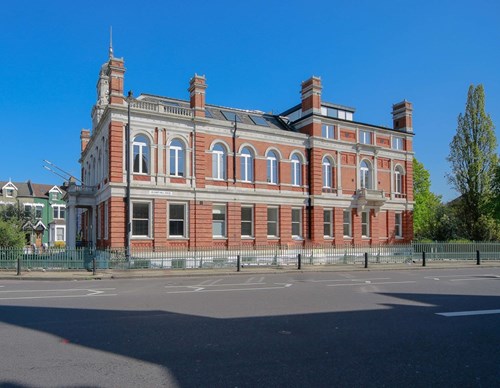
These rules are generally more relaxed for period properties, but listed buildings or homes in conservation zones often have specific regulations of their own. These vary from case to case, but typically, windows can only be replaced with like-for-like. This can mean that decisions such as design, style, and glazing are out of your hands.
The Right Ironmongery Completes The Job
With a major purchase like new timber windows, the type of ironmongery, meaning catches, handles, and so on, might seem a minor detail. Yet finishing touches like these can make all the difference to the end result. Good quality ironmongery costs a little more but is a worthwhile investment. It sets off the appearance of your windows and ensures they operate smoothly and securely.
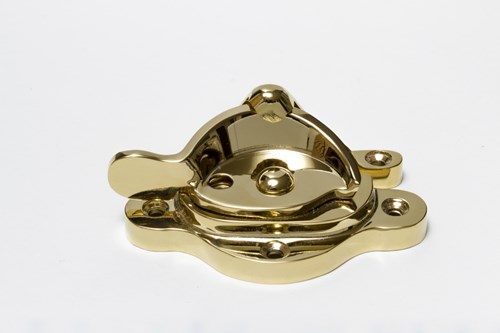
Choosing The Right Colour and Finish
Whether you choose hardwood or softwood windows, the paint or varnish that coats the frame is about more than aesthetics. Yes, you need to select the colour or shade carefully, but even more important is that the coating provides adequate protection. When the appropriate coating is applied correctly, it acts as a protective barrier that can help your windows last for decades or even centuries.
Check the type of paint that will be used. Yet again, premium quality costs more but delivers better value over time. A water-based microporous paint is best for enduring extreme weather conditions and protecting the wood from moisture ingress and damage by UV rays. The microporous paint allowed the timber to “breathe” and regulate its own moisture content in accordance with the outside climate. The absorption and release of moisture can pass through the paint coatings, whilst avoiding bubbling or flaking which is common with oil based paint finishes.
If the new window quotation information is not self-evident, ask the following question: A reputable provider will willingly talk you through the painting process. Ideally, they should be spray painted with three coats for a good-quality finish.
The Right Expertise is Also Important
So far, we have focused mainly on the different materials used in manufacturing and installing new timber windows. But it is equally important to ensure that they are installed by experienced fitters. Joinery quotes will vary considerably between a company that is a member of FENSA and employs skilled, trained, experienced fitters compared to a back-street outfit that uses labourers with limited training or knowledge.
FENSA is the country’s most trusted scheme for window and door fitters. It is recognised across the industry, as well as by the government and local authorities. FENSA carries out regular inspections and audits of its members to ensure they meet consistent quality standards and adhere to all applicable building regulations.
FAQs
1) How many quotes should I get for windows?
You should always get at least two quotes, and ideally more. Try to choose similar suppliers and window specifications to compare like with like.
2) Is it worth it to buy expensive windows?
Quality is the watchword with new windows. Spending more on better quality offers significant value in the long term. For example, better energy efficiency means lower fuel bills for decades.
3) Why are timber windows so expensive?
Timber windows are more expensive than uPVC due to the higher material and manufacturing costs. However, their higher quality, lower maintenance, and greater durability mean they deliver superior long-term value. They are also the more environmentally responsible choice.
4) Can a window installer charge more than the quote?
No, the installer cannot charge more than the quote unless you request additional work that was not part of the quote. Be careful not to mistake an estimate for a quote. Some unscrupulous companies provide an artificially low estimate to attract a customer and follow it up with a much higher quote.
5) Is a verbal quote OK for new windows?
Legally, that is a grey area. From a practical perspective, you should always request a written quote for transparency. If a potential provider is reluctant to put the quote in writing, it should raise suspicions.
6) Should I accept the cheapest quote for new windows?
In challenging economic times, we all try to make savings. But simply going with the lowest price for new windows usually means compromising on quality. That is seldom a good idea and will lead to more costs down the line. Cheap and low-quality windows represent poor value in the long term.

